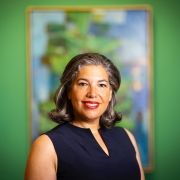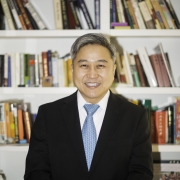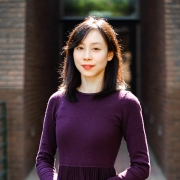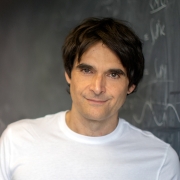Restoring Active Memory Project Releases Extensive Human Brain Dataset
A project aimed toward building a device that helps improve memory for patients with memory disorders has reached an important milestone.
Two years into the Defense Advanced Research Projects Agency (DARPA)-funded Restoring Active Memory, or RAM, program, lead researcher Daniel Rizzuto, director of cognitive neuromodulation, and Michael Kahana, psychology professor and RAM principal investigator, along with colleagues, have enrolled more than 200 patients and collected more than 1,000 hours of data from patients performing memory tasks. They have now released the largest human intracranial brain recording and stimulation dataset to date, and it’s available for public use, for free.
“This project is really unprecedented in its scope and scale. It’s very much a team effort,” Rizzuto says. “We’ve brought together an amazing group of clinicians, scientists, and engineers at 10 organizations across the country to develop a revolutionary new technology to improve memory. Along the way we plan to release all of the project’s data to the public so that other teams might benefit as well.”
The end-point of RAM is to develop a fully implantable device that can electrically stimulate the brain to improve memory function. The program’s immediate goal is to deliver new treatments for those who have experienced a traumatic brain injury, such as veterans returning from combat. In the long term, such therapies could help patients with a broad range of ailments, from Alzheimer’s to dementia.
However, the research isn’t quite there yet. Implanting such a device requires brain surgery, so initially the RAM team had to better grasp how each part of the brain functions.
“Understanding the basic neurophysiology of human memory in each patient allows us to then intervene using brain stimulation to enhance memory performance,” Kahana says.
Click here to read the full story.





